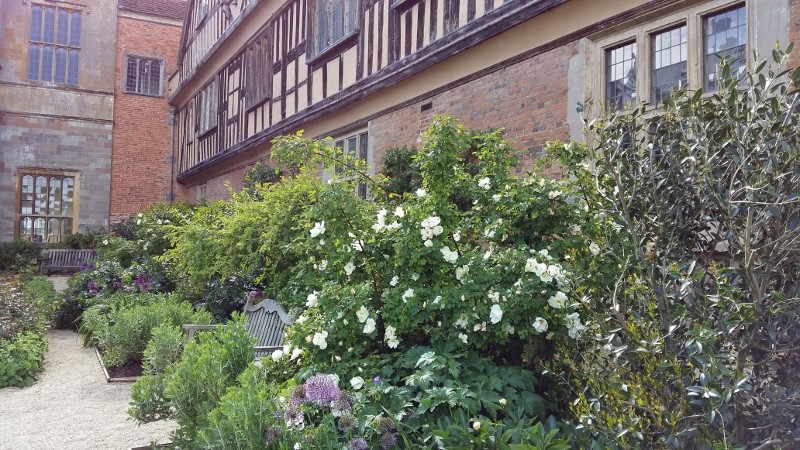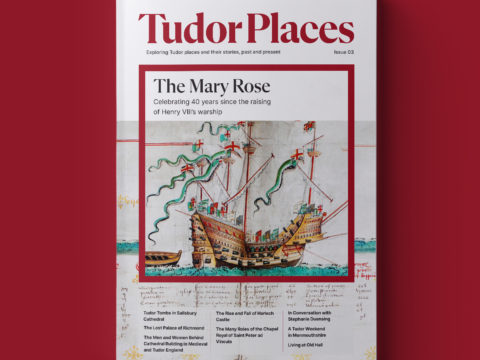Coughton Court
Gunpowder Plot and Gardens
Chapter 5 : Post 1605
Sir Thomas’ grandson, another Sir Robert, remained a Catholic, but, as under Charles I the stringency of the penal laws was somewhat relaxed, he regained royal favour, and was granted a baronetcy. Of course, he too, had picked the wrong side, supporting the King during the Civil War, and paid for his choice with the destruction of part of Coughton by a Parliamentary force, and then its confiscation.
Despite the years of fines and losses, the Throckmortons still seem to have had plenty of money. Sir Francis (1541 – 1680) the second baronet, managed to rebuild Coughton. He and his wife produced four children but then separated acrimoniously, she surviving him for nearly fifty years. All was still not well on the religious front. In 1688, the new Catholic chapel was ransacked and burnt in the riots following the deposition of James II.
A further lucrative marriage by the 4th Baronet, Sir Robert (1702 – 1791) took the Throckmortons to one of their other estates as a primary residence, and Coughton did not become central to the family again until the late 1820s, under the 7th Baronet, Sir Charles (1757 – 1840).
In 1829, following the lifting of restrictions on Catholics in the House of Commons, Sir Robert (1800 – 1862), 8th Baronet, entered Parliament, the first Throckmorton to do so for three hundred years. This Sir Robert also built the Catholic chapel in the grounds. His daughter, Mary, was governess to the Archduchess Valerie of Austria, daughter of the Emperor Franz Josef.
The 9th Baronet, Sir William (1838 – 1919), was a successful jockey, but the depression of the 1870s brought hard times, and he was obliged to sell significant Throckmorton holdings. In 1908 Coughton became his permanent home, and was subject to radical renovation, including bringing some of the panelling from property that was sold, and creating the Saloon. Sir William’s son was killed in the Great War, and his daughter-in-law, as trustee for her young son, was obliged to sell more land. In 1948, the freehold was sold to the National Trust, with a three hundred year lease granted to the Throckmorton family. The baronetcy died out in 1994, but the lease passed to the current occupant, Mrs Clare McLaren-Throckmorton.

